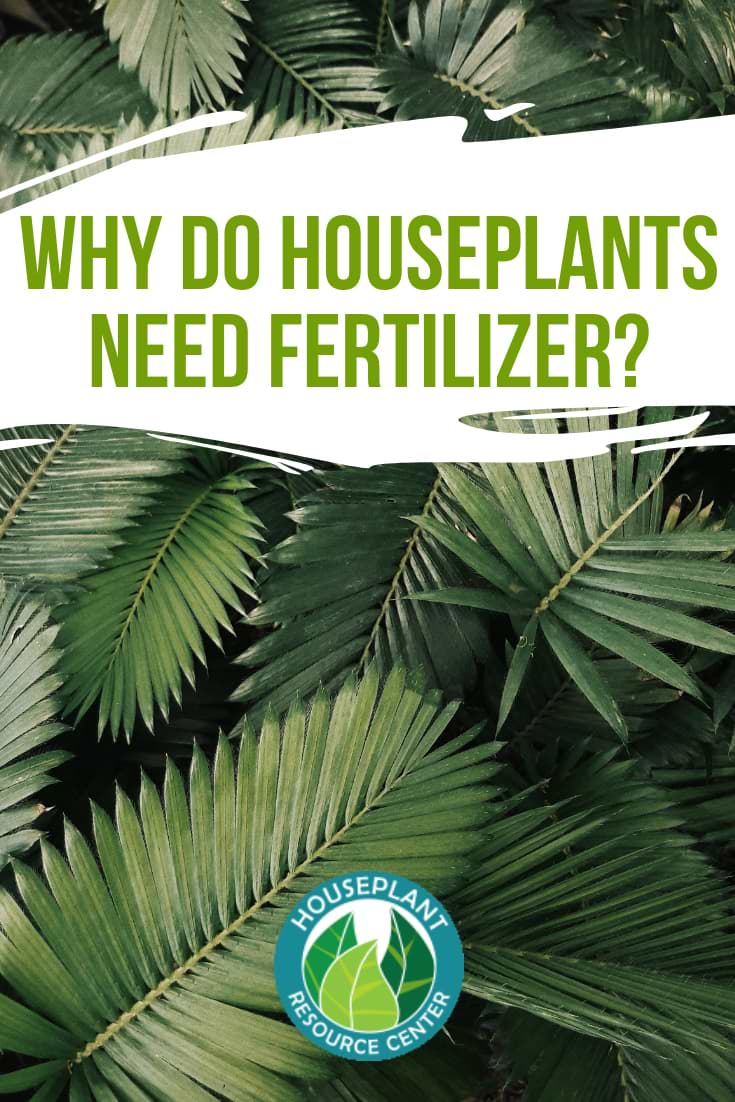One of the trickiest things for new houseplant parents to figure out is fertilizer, AKA plant food.
So why do plants need fertilizer at all? Don’t they get everything they need from soil, water, and sunlight? How do you choose the appropriate fertilizer?
In this post, we’re going to take a little trip back to science class so you’ll understand why plants need fertilizer and how to pick the best one for your plants.
Table of Contents
Why do plants need fertilizer?
Let’s equate plants with humans for a second.
We need calories, or energy, to survive, and we get that from food. We also need vitamins and minerals to be healthy and keep our bodily systems functioning properly, and we can get these from healthy food (like fruits and vegetables) or from supplements.
Maybe you take a multivitamin or supplement with specific vitamins and minerals to make sure you’re getting everything you need.
Plants don’t actually have to eat like we do because they get their energy from sunlight through a process called photosynthesis, but they also require certain nutrients that they can’t get from their main energy source (the sun).
So fertilizer is basically a multivitamin for your plants.
The nutrients plants need
To support growth, metabolism, and photosynthesis (the process by which plants make energy from sunlight) plants need nutrients, which is just a foodie way to say elements.
Remember the periodic table of elements from science class? Everything is made of elements. And just like we need a lot of those elements to be healthy, so do plants.
The sixteen elements plants need to stay alive and healthy are carbon (C), hydrogen (H), oxygen (O), nitrogen (N), phosphorous (P), potassium (K), calcium (Ca), magnesium (Mg), sulfur (S), iron (Fe), zinc (Zn), molybdenum (Mo), boron (B), copper (Cu), manganese (Mn), and chlorine (Cl).
Don’t worry, you don’t have to memorize all of those.
Carbon, hydrogen, and oxygen are present in water and aren’t necessarily considered nutrients.
They’re more like building materials. The other nutrients are like the power tools you need to use those materials.
As long as your plants get the appropriate amount of water, you don’t have to worry about those three.
The macronutrients, which plants need in much larger amounts, are nitrogen, phosphorous, potassium, calcium, magnesium, and sulfur.
Most of these are present in soil, but houseplants live in pots with a limited amount of soil or potting mix. The plants will quickly deplete the nutrients in that soil, and nutrients leach out every time you water the plant anyway. So fertilization is crucial to the health of the plant.
Which fertilizer is best for houseplants?
Of the macronutrients, nitrogen, phosphorous, and potassium are considered “primary nutrients.” Those are plants’ bread and butter and the three you’ll need to remember when looking for a fertilizer.
When you’re shopping for fertilizers, you might notice a series of three numbers on the label. These numbers indicate the available nutrients by weight in that particular fertilizer.
The first number is always nitrogen, the second is phosphorous, and the last number is potassium, hence the phrase “N-P-K,” which you’ll probably see on the label as well.
For example, a label that lists 30-20-20 indicates that the fertilizer is comprised of 30% nitrogen, 20% phosphorous, and 20% potassium.
Some plants are pickier than others, so it doesn’t hurt to do your research before buying a fertilizer. There are also all-purpose fertilizers that will work for most common indoor plants, but it’s a good idea to double check.
You can buy fertilizers in many different forms such as liquid, crystals, slow release, etc. Read labels carefully to understand how to use the fertilizer, how often to fertilize the plants, and which kind works best for you and your leafy friends.
Risks of Under-Fertilizing Houseplants
Obviously, you can under-fertilize a houseplant. As humans, we can become deficient in different nutrients, and so can plants.
If a plant is dropping its lower leaves, growing slowly (or not at all), or if they get an overall yellow-green color, it may need more fertilizer. (It might also need more light or less water, so do a little experimenting.)
Risks of Over-Fertilizing Houseplants.
Is it possible to over-fertilize houseplants? You bet!
Just like we can overdo it on nutrients and cause health problems (like kidney stones), plants can also get too much of a good thing.
Too much fertilizer can not be naturally dissolved by rainfall or irrigation water. Evaporation occurs more often than leaching. When the water evaporates, it leaves behind excess soluble salts (the minerals), which alters the composition of the soil.
This is bad news for plants! Luckily, there are ways to reverse this, which we’ll cover in another post.









Leave A Comment